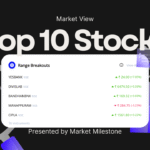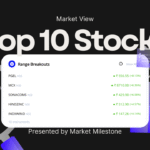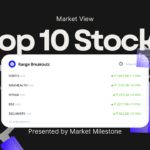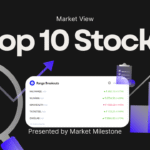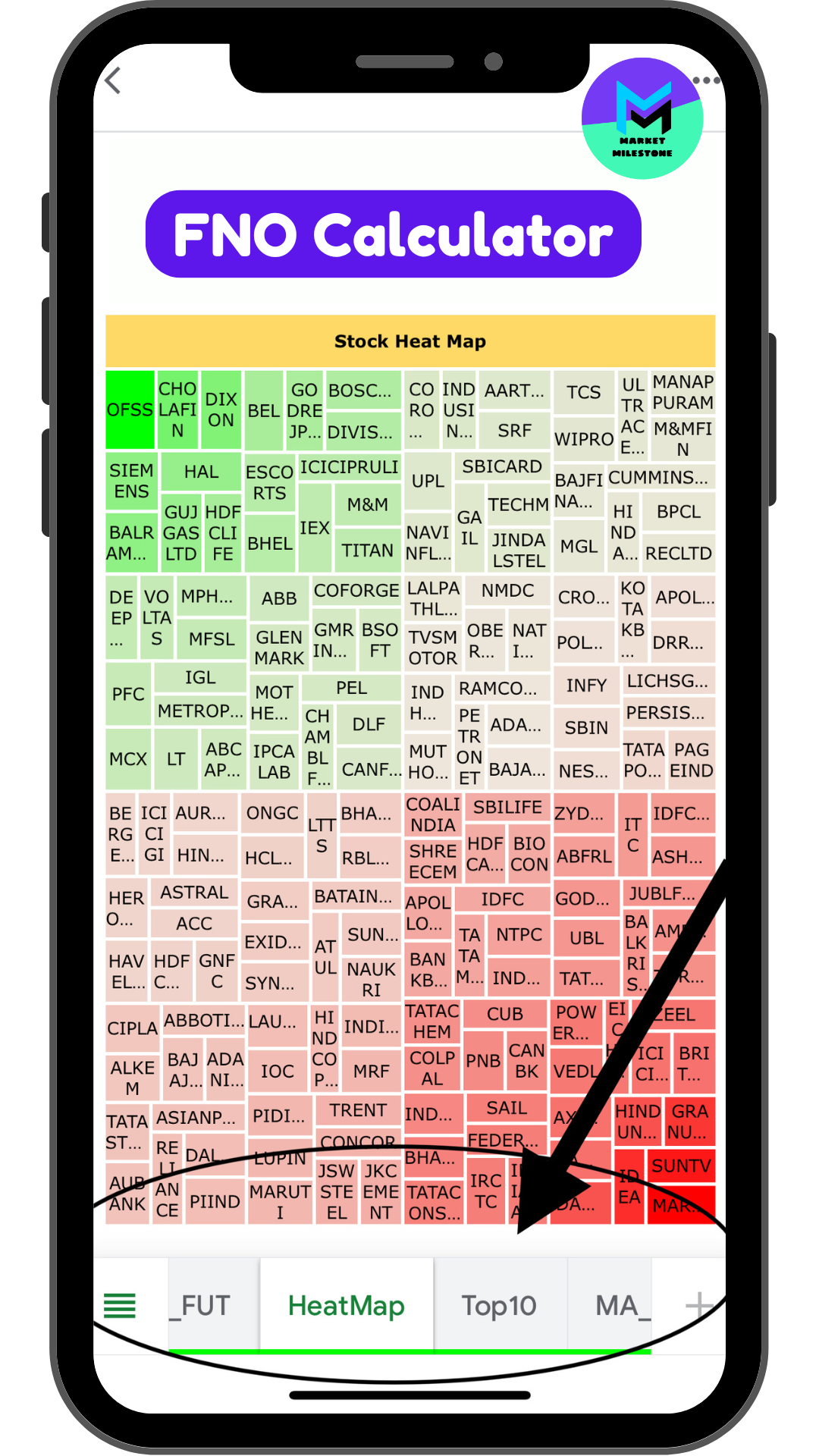

Sector Heat Maps: Identifying Bullish and Bearish Sectors with the FNO Calculator
Understanding market dynamics is essential for traders and investors seeking to maximize their returns. One effective way to gain actionable insights is through Sector Heat Maps. When paired with the FNO Calculator, these tools provide a comprehensive view of market trends, helping you identify bullish and bearish sectors with precision. Let’s explore how to use sector heat maps and the FNO Calculator to enhance your trading strategy.
What Are Sector Heat Maps?
Sector Heat Maps are visual tools that represent the performance of various sectors and their constituent stocks in the market. They use a color-coded system, where green shades indicate positive performance and red shades signify negative performance. The intensity of the color reflects the magnitude of the change, offering an at-a-glance understanding of market sentiment.
Key Features of Sector Heat Maps
- Sector Categorization: Divides the market into sectors like technology, healthcare, finance, and energy.
- Stock-Level Insights: Displays individual stock performance within each sector.
- Performance Metrics: Includes data such as percentage change, trading volume, and market capitalization.
- Color Coding: A straightforward visual representation of market activity.
What Is the FNO Calculator?
The FNO Calculator is a tool designed to simplify calculations in the futures and options market. By integrating the data from sector heat maps, it helps traders assess market trends and make informed decisions.
Key Features of the FNO Calculator
- Profit and Loss Analysis: Provides a detailed view of potential trade outcomes.
- Break-Even Calculation: Identifies the price point at which a trade neither makes a profit nor incurs a loss.
- Margin Requirements: Calculates the funds needed to execute trades.
- Scenario Simulation: Models various market scenarios to predict outcomes.
How Sector Heat Maps Identify Bullish and Bearish Sectors
- Spotting Bullish Sectors
- Look for sectors dominated by green shades, indicating rising prices and positive sentiment.
- Assess stocks within these sectors for consistent performance or high trading volume.
- Use the FNO Calculator to analyze potential opportunities in these sectors, such as buying call options.
- Spotting Bearish Sectors
- Identify sectors with predominantly red shades, signaling declining prices and negative sentiment.
- Drill down to individual stocks to confirm trends or find undervalued opportunities.
- The FNO Calculator can help strategize bearish trades, such as buying put options or short-selling.
- Sector Rotation
Sector heat maps can reveal patterns of sector rotation, where investments shift from underperforming to outperforming sectors. These shifts are critical for timing your trades.
How to Use Sector Heat Maps and the FNO Calculator Together
Step 1: Analyze the Heat Map
- Start by examining the heat map for an overview of sector performance.
- Focus on sectors with extreme color changes (intense green or red) to identify potential opportunities.
Step 2: Drill Down to Stock-Level Data
- Within each sector, analyze individual stock performance to understand the driving forces behind the trend.
Step 3: Input Data into the FNO Calculator
- Enter trade parameters like strike price, premium, lot size, and expiry date into the FNO Calculator.
- Combine this with insights from the heat map to refine your strategy.
Step 4: Simulate Scenarios
- Use the calculator’s scenario simulation feature to evaluate how changes in market conditions impact your trades.
Step 5: Develop a Strategy
- For bullish sectors, consider strategies like buying call options or taking long positions.
- For bearish sectors, evaluate options like short-selling or buying put options.
Practical Applications of Sector Heat Maps and FNO Calculator
- Intraday Trading
- Heat maps identify high-volatility sectors for intraday trades.
- The FNO Calculator fine-tunes entry and exit points.
- Swing Trading
- Use these tools to analyze medium-term trends and make informed trades.
- Portfolio Diversification
- Monitor sector performance to adjust your portfolio allocation based on market conditions.
- Risk Management
- Hedge risks by identifying bearish sectors and crafting defensive strategies with the FNO Calculator.
Tips for Effective Use
- Combine Tools: Use sector heat maps with the FNO Calculator for comprehensive analysis.
- Monitor Regularly: Market conditions change quickly, so update your analysis frequently.
- Leverage Technical Analysis: Combine heat maps with indicators like RSI or moving averages.
- Stay Informed: Keep an eye on news and events that impact sector performance.
Platforms Offering Sector Heat Maps and FNO Calculators
Several platforms provide these tools to traders and investors:
- TradingView
- Yahoo Finance
- Bloomberg Terminal
- NSE India
- Zerodha
Final Thoughts
Sector heat maps and the FNO Calculator are indispensable tools for identifying bullish and bearish sectors in the market. By providing both a macro and micro view, they empower traders to make smarter, data-driven decisions. Whether you’re an intraday trader or a long-term investor, leveraging these tools can give you a significant edge in the market.
Ready to elevate your trading strategy? Start using sector heat maps and the FNO Calculator today to identify market trends and craft winning trades.
Add a comment Cancel reply
Categories
- Alcoholic Beverages (1)
- Building Products – Pipes (1)
- Cement (2)
- Commodities Trading (1)
- Consumer Finance (3)
- Finance (1)
- FNO Calculator (3)
- Gas Distribution (1)
- Heavy Electrical Equipments (1)
- Heavy Machinery (1)
- Home Financing (1)
- How to Use FNO (3)
- Industrial Machinery (1)
- Investment (1)
- Investment Banking & Brokerage (2)
- Iron & Steel (1)
- IT Services & Consulting (5)
- Market Equity (1)
- Mining – Diversified (1)
- Oil & Gas – Refining & Marketing (1)
- Online Services (1)
- Pharmaceuticals (3)
- Power Infrastructure (1)
- Power Transmission & Distribution (1)
- Precious Metals, Jewellery & Watches (1)
- Private Banks (1)
- Renewable Energy (1)
- Retail – Apparel (1)
- Specialty Chemicals (2)
- Stationery (1)
- Stock Market News (23)
Recent Posts
About us

Your Financial Milestone
with its super power, perfect financial appetite, Market Milestone gets you great stocks analysis, action packed calculator and learning on the go.
Popular Tags
Related posts


How to Use F&O Stock Heat Map with the FNO Calculator: A Comprehensive Guide






